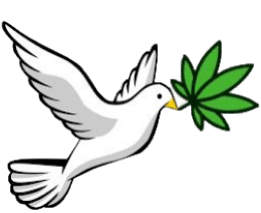1. Lack of Ventilation
Air circulation is vital to your plants, whether this is to intake more fresh air and CO² or to let out the compounds produced.
It’s important to at least have an exhaust fan and an opening in the tent from which fresh air can come in.
Signs of Lack of Ventilation
Leaves are stifled and unable to function causing slow growth and poor consumption of water and nutrients.
If you have signs of a nutrient deficiency but you know that your plant has enough nutrients available, this might be your issue.
How to solve ventilation problems
Here the name of the game is going to be fresh air! Here’s a couple tips:
- Open the window of the room every day. This will replenish the air in the room.
- Keep bottom sections of the grow room open. This will allow an air to be replenish
- Add fans at the bottom of the grow room
- Prune leaves that are too close to one another

















